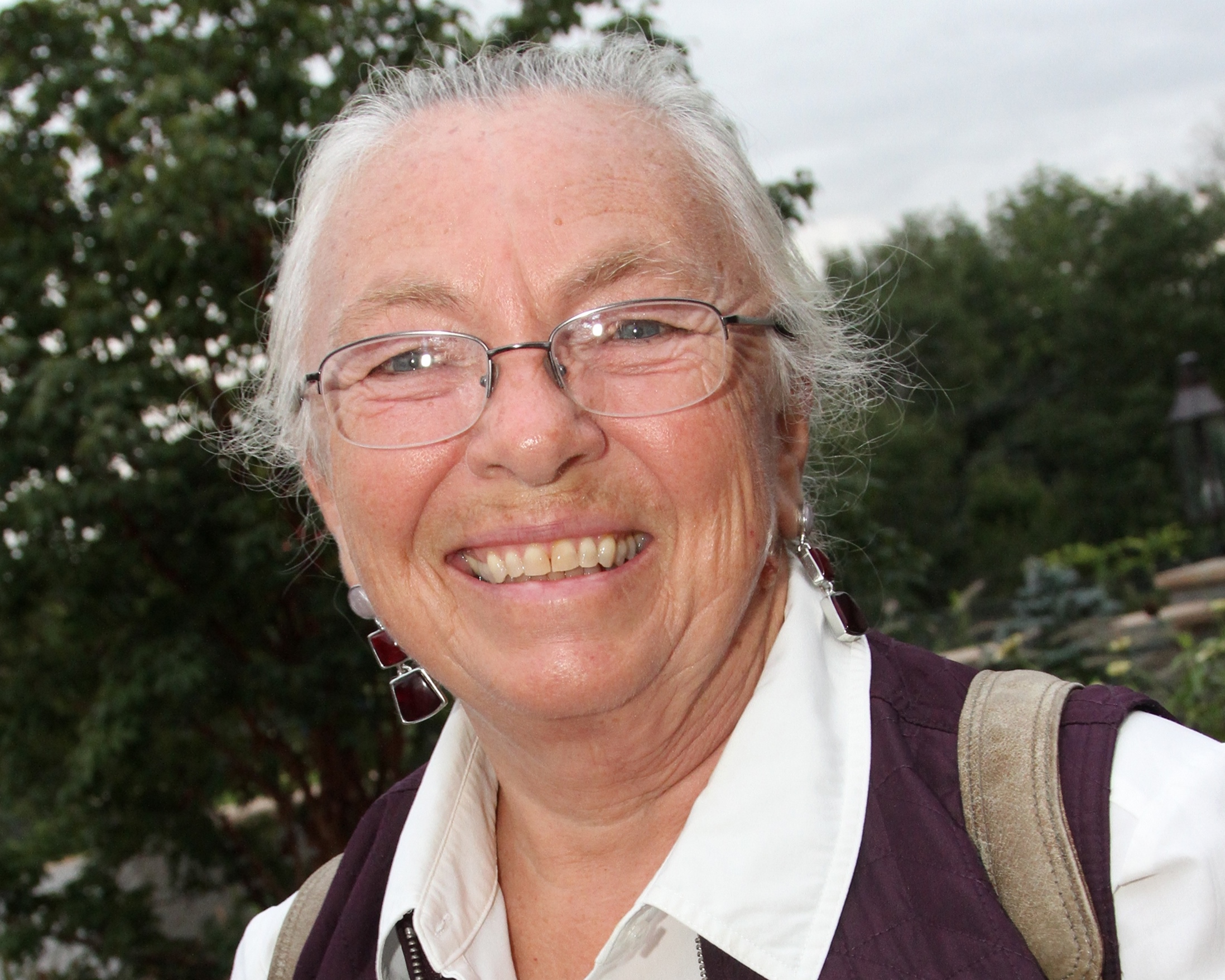Day 399, Year 1: Waitangi Treaty Grounds
Date: Tuesday, November 21, 2006
Weather: Same as Yesterday–Partly Sunny Day; Temperature in the 60’s
Location: Opua, New Zealand
Mark and I both felt good enough today to take the 10 am shuttle to Paihia and then walk to Waitangi. The distance is about a mile and half along the waterfront and it was a delightful walk. There were sidewalks most of the way and that made it even nicer. The Waitangi (wye-tang-ee) Treaty Grounds are known as the birthplace of the Maori in New Zealand. This area was settled by the early Polynesian settlers and was occupied for many centuries by competing Maori tribes. In 1840, Captain William Hobson came to the Bay of Islands to make a treaty on behalf of the British government. After much deliberation, the treaty was signed on the present day treaty grounds. This treaty is still relevant today as it outlines the rights of both the Maori and the non-Maori citizens of Aoterora/New Zealand. Today we visited the Maori Waka (canoe paddled by 80 people), the Treaty House and gardens, and the Te Whare Runanga or meeting house that was first opened at the centennial celebrations in 1940. This meeting house is unique in that it represents all of the Maori tribes, not just one tribe as is the case for most meeting houses. The wood carvings, tukutulu (reed panels), and kowhaiwhai (painted rafter patterns) are spectacular. We arrived at the meeting house just as a Maori guide was explaining the history of the building to a group of school children. It was interesting to listen to his description of the various carvings. He told the children that the carvings in this building are like reading a history book. You just have to know how to “read” them. The Waka or canoe was equally fascinating. There were pictures showing 80 men rowing the canoe with another 50 passengers aboard. I’m still in awe of the fact that these canoes are ocean going. This particular canoe is called Ngatokimatawhaorua and was made from three huge kauri trees. The base of one of the trees was on display and it was at least eight to ten feet in diameter. I’m anxious to see these trees in the kauri forests on the west coast. This canoe was named after the canoe sailed here by the Polynesian explorer Kupe around AD 400 and it is simply overwhelming to think about such a feat. The Treaty House was very European, as were the lovely gardens. There were lots of exotic lilies, beautiful roses, and orange trees growing in the gardens. All in all, the grounds were a wonderful place to visit with beautiful views of the bay and with every sort of plant growing that you could imagine.
After leaving the Treaty Grounds, we walked back towards town and stopped for lunch in and old barque sailing ship named the Tui. Over the years, this ship has served as an art gallery, a museum of sunken treasures, and now a restaurant. We met our shuttle at the Woolworth’s grocery store and made our way back to Opua. The day was overcast, but the temperature was warm, so we were happy.
This evening we took our dinghy back to shore to the Opua Cruising Club for a complimentary dinner for cruisers provided by the club members. This club certainly does everything it can to make visiting cruisers welcome and we all really appreciate the hospitality. We went to the Club around 6 pm and that is the time of day when the sun breaks through the clouds here. Since the sun does not set until 8 pm, we have been having two glorious hours of sunshine from 6 to 8 pm each evening.
Tomorrow we are off to Kerikeri. This is the largest town north of Whangarei and is about 25 miles north of Opua. When you look at a map of the North Island of New Zealand, you see that the island can be divided into thirds. This is by distance and not by land mass, as the island is much wider in some parts that it is in others. The southern half of the North Island is from Taupo Lake to Wellington. The middle third is from Taupo Lake to Auckland. And the northern third is from Auckland to the tip of Cape Reinga. We are currently in that northern one-third. Opua is about half-way between Auckland and the northern tip. The largest city north of Auckland is Whangarei with a population of about 50,000. I don’t know the population of Kerikeri, but it is the only other town of any size north of Auckland. Some of the oldest buildings in New Zealand are in Kerikeri, so we will visit those and check out the shopping. We’ll report in tomorrow night on our findings.
 |
| 061121 Day 399 New Zealand–Kerikeri |


